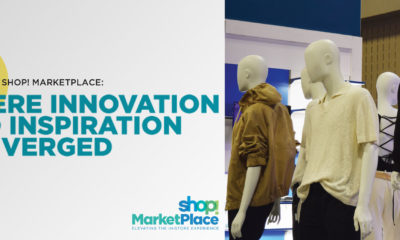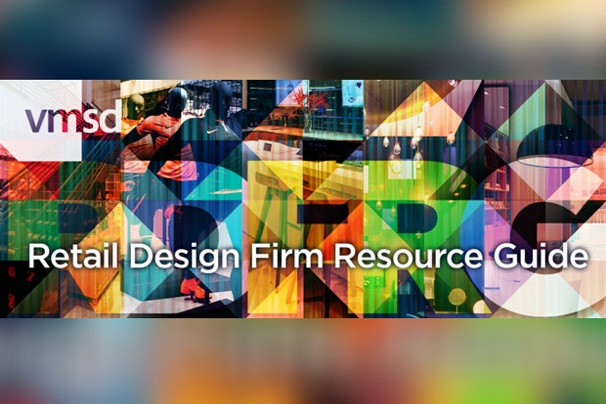In the last decade, the Middle East has become home to the largest shopping center in the world. Soon to follow will be the tallest building in the world, the largest theme park complex and shopping mall and one of the busiest airports.
Fantastic and impressive retail is popping up all over Dubai, Riyadh and Abu Dhabi, and Arab developers are eager to get design help from the West. But Westerners may discover it’s not business as usual. There are significant cultural differences and business subtleties that must be understood.
Focusing on the Relationship
Arabs want to ensure that you’re trustworthy, dependable and committed. So the first step is establishing a presence in the region – open an office or form an alliance with a well-established and respected local firm. King-Casey, for example, partnered with BrandMoxie, a leading advertising agency in the United Arab Emirates (UAE).
The process of vetting a Western company can take considerable time. Initial meetings are generally meet-and-greet opportunities for Arabs to judge if a business relationship might be possible. So don’t expect to sign a contract at the first meeting. Also, handshakes are less firm than in the West, and some Arab women and men do not shake hands with a member of the opposite sex. And the Arab’s approach to time is relaxed. In fact, few Arabs wear a watch.
Advertisement
Arab Countries are not All the Same
There is no one Arab culture or society. Differences exist from one country to another, often driven by the degree of religious adherence. For example, in the Kingdom of Saudi Arabia (KSA), such adherence is very strict. In the UAE and Egypt, there’s more tolerance of “Western ways.” So, if you were designing graphics in the KSA, they would show women wearing the traditional veiled garment. It’s the law. Not so in the UAE, where graphics use images of women much like you find in Paris or New York.
In the KSA, virtually all retail stores and restaurants close during hours of prayer. The lights dim, the restaurants stop serving and the sales staff leaves the registers. This is not typical in other Arab countries.
In KSA restaurants, tables and booths must be roomier to accommodate the typically large family (5 to 6 children and a nanny). Women must dine apart from single men, creating the need for separate entrances and dining areas. In the family areas, we have used curtained tables and booths with separate closures, for added privacy.
The privacy issue also influences apparel store design. Individual fitting rooms for women and men should be located at opposite ends of the store. And a fully enclosed fitting room is necessary so that no parts of an Arab woman’s body are revealed. A curtain or partial door, common in the West, is not sufficient here.
Branding and Advertising
Advertisement
Showing a woman’s face in public campaigns is banned in Saudi Arabia. However, beauty salons and women’s magazines can show images of Saudi women in conservative dress and fully covered as long as none of their hair is showing. The UAE allows more latitude; showing a woman in lingerie or a bathing suit is acceptable.
The exposure of the Arab Gulf region to Western design has raised expectations there, so design concepts should be sophisticated, going beyond a mere translation of the brand identity into Arabic. British Home Stores has interpreted its core brand identity into Arabic, with a specially designed font and type style. The branding reads right to left and closely resembles the look, feel and personality of the brand. This approach can take time, but it’s worth the effort toward establishing trust and loyalty with Arab consumers.
Comparing Khartoum to Dubai is like comparing Omaha to Manhattan. Keep these differences in mind and success can be found in this developing region of the world.
Howland Blackiston, principal, King-Casey (Westport, Conn.), serves a portfolio of clients in the retail and restaurant fields. Sana Bagersh is ceo, BrandMoxie (Abu Dhabi, UAE), an advertising and marketing firm.
Photography: King-Casey, Westport, Conn.
Advertisement
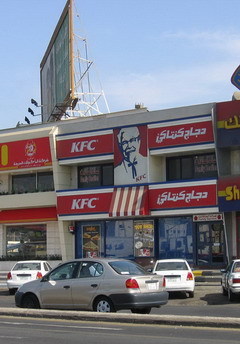
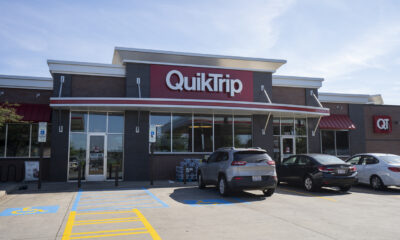
 Headlines2 weeks ago
Headlines2 weeks ago
 Headlines6 days ago
Headlines6 days ago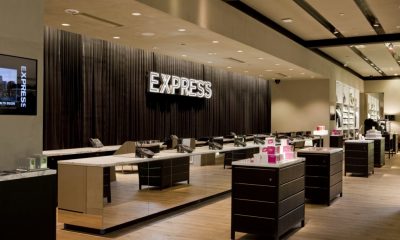
 Headlines1 week ago
Headlines1 week ago
 Headlines6 days ago
Headlines6 days ago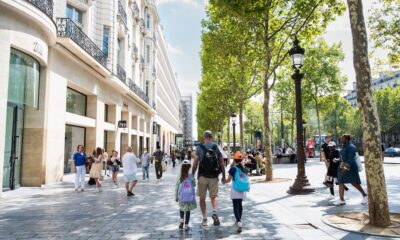
 Headlines2 weeks ago
Headlines2 weeks ago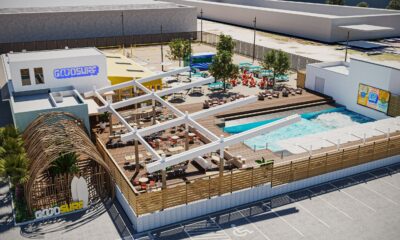
 Headlines1 week ago
Headlines1 week ago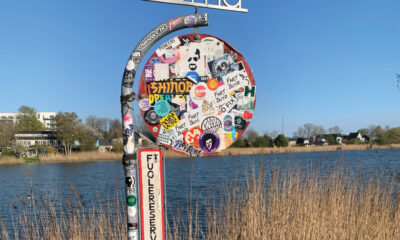
 NEXT UX2 weeks ago
NEXT UX2 weeks ago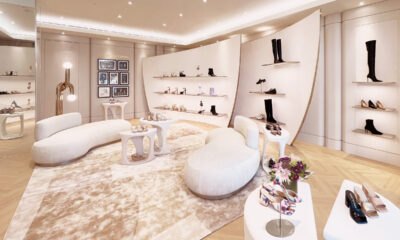
 Specialty Non-Apparel5 days ago
Specialty Non-Apparel5 days ago
